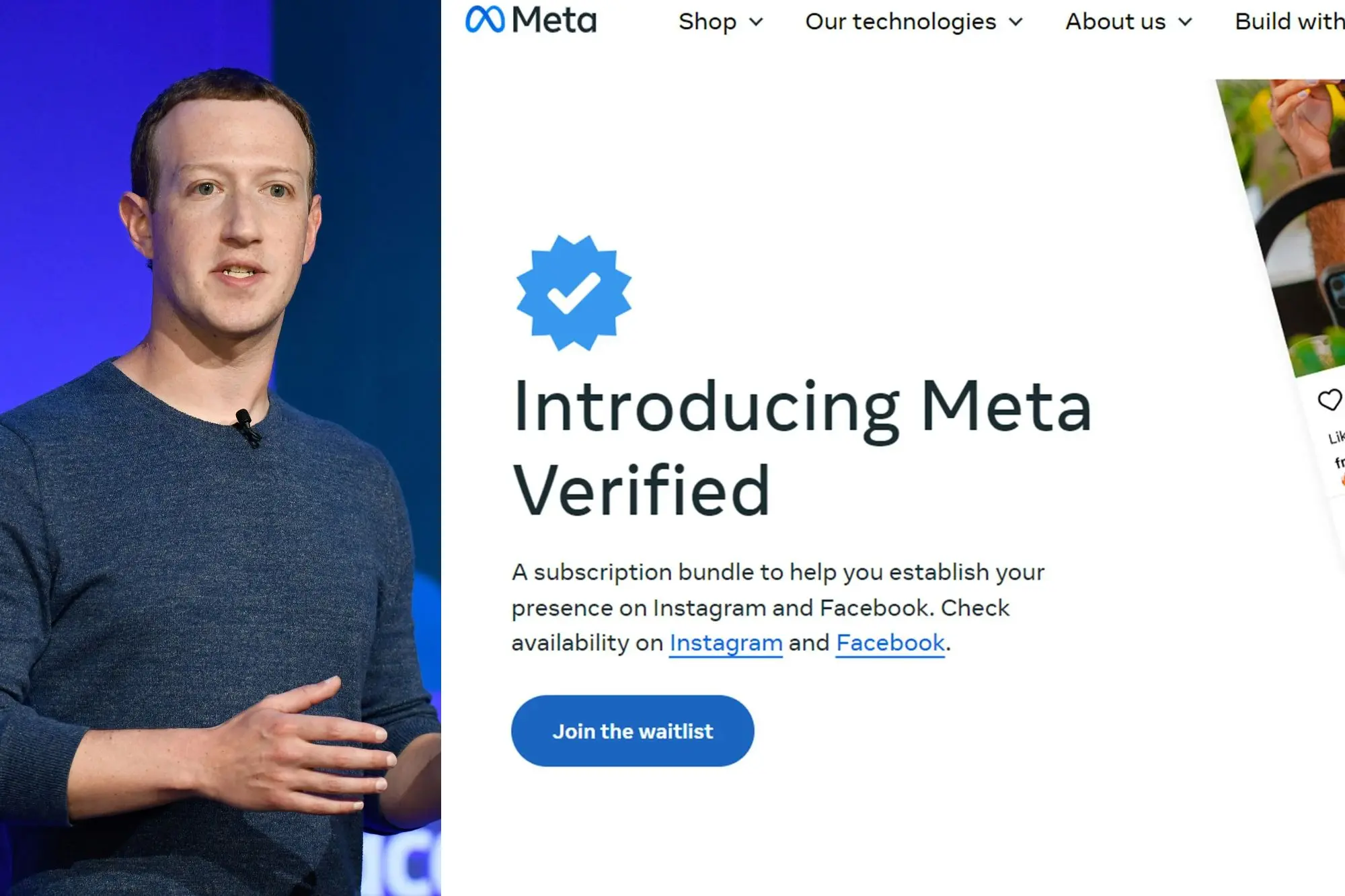Meta Launches Ad-Free Facebook and Instagram Subscriptions in Europe

Recently, Meta, the parent company of Facebook and Instagram, has introduced a groundbreaking offer for users in Europe. This offer came as in response to evolving regulatory changes and to comply with EU standards. As a result, Meta has introduced a subscription-based model. This enables users to engage with its platforms without encountering any advertisements. Let’s delve deeper into this offering, understanding its nuances, impact, and what it means for users across the EU, EEA, and Switzerland.
Meta's Subscription Offer


Meta’s recent announcement in late 2023 unveiled an intriguing option for users within European territories. In these regions, individuals aged 18 and above using Facebook or Instagram have the choice between using these platforms at no cost or opting to pay €10 monthly for an ad-free experience. For users below 18, Meta offers the ad-free option at no cost. This subscription model grants individuals the choice continue using Facebook and Instagram for free, supported by personalized ads, or opt for a monthly subscription fee to navigate these platforms entirely ad-free.
In these regions, you’ll have the choice to opt for a subscription to enjoy the services without pesky advertisements. The cost varies depending on where you sign up: €9.99 per month if you’re using the web, or €12.99 per month for iOS and Android users. No matter where you subscribe, this covers all your connected Facebook and Instagram accounts within your Accounts Center, just like many other online subscriptions you might have experienced.
For now, until March 1, 2024, this subscription includes all your linked accounts. But from March 1, 2024, there will be an additional charge of €6/month for web users and €8/month for iOS and Android users for every extra account listed in your Account Center.
How would this impact your marketing?
In a nutshell, it would reduce views/clicks from the most lucrative subscribers — those who have money to blow. Studies show that people who don’t blink at small recurring fees have more disposable income. Now, the average user is on 6.6 social platforms. If each platform did a $10 subscription, that’s $72/month. For heavy social media users, that totals $720+ per year.
Understanding the Choice
The underlying principle behind this move is to respect users’ preferences, offering a clear choice regarding their ad experience. Those who opt for the ad-free subscription will enjoy an uninterrupted, ad-free interface across their Facebook and Instagram accounts. However, there are noteworthy restrictions for subscribers in terms of their ability to run ads or boost posts, affecting both personal profiles and linked business Pages.


Impact on User Experience
This shift presents both advantages and limitations. While users subscribing to the ad-free experience evade targeted advertising, they forfeit the ability to create their own ads or promotions, impacting personal or business growth on these platforms. Meta’s intention appears to align with EU regulations while ensuring the continuity of its core business model driven by ad revenue. Regardless of the chosen option, Meta continues to emphasize user privacy and control. The Privacy Centre provides robust tools for users to manage their data, control ad preferences, and understand the rationale behind each ad displayed, ensuring transparency and empowering users in their choices.
Meanwhile, advertisers will still have the opportunity to run personalized advertising campaigns in Europe, targeting individuals who opt to stick with the free, ad-supported online service. Looking ahead, Meta also informed that they are developing new tools that maintain the benefits of personalized advertising for both users and businesses, while granting users greater control over their advertising encounters on their platforms.
The option for an ad-free subscription is designed for individuals aged 18 and above. They also mentioned that they are exploring ways to provide teenagers with a valuable and responsible advertising experience in line with the changing rules and regulations.


Preparing for the Future
While Meta’s move toward ad-free subscriptions in Europe is a response to evolving regulations, it sparks a broader conversation about data privacy, ad monetization, and the future of online platforms. This subscription model reflects the company’s adaptation to regulatory changes while maintaining its commitment to an inclusive, ad-supported internet. As this subscription model unfolds in Europe, there’s speculation about its potential expansion to other regions, including the United States. Such shifts may influence marketing strategies, prompting businesses to diversify their approach beyond social media ads, focusing on organic growth, alternative marketing avenues, and maintaining adaptability in a changing digital landscape.
Should you scale back your social media ad spend?
If your target audience is in the US, there’s no need to panic. But it may be wise to keep an eye on these developments and prepare a contingency plan.
One way to prepare is to double down on organic social growth now, so you can reach more subscribers without relying on ads.
And now might be a good time to explore other marketing avenues, whether it’s investing in search ads or ramping up your content strategy.
The main thing is you want to stay ahead of the changes in digital marketing. If you’d like to discuss your strategy, reach out to my team. We can review your accounts and make data-driven recommendations.


Conclusion
Meta’s introduction of an ad-free subscription model in Europe represents a pivotal moment in the company’s response to evolving regulatory frameworks. It offers users a distinct choice while raising pertinent questions about data privacy, ad revenue, and the future of online platforms. As users navigate this choice, understanding the implications and weighing the benefits against limitations will shape their experience in the evolving digital realm.
